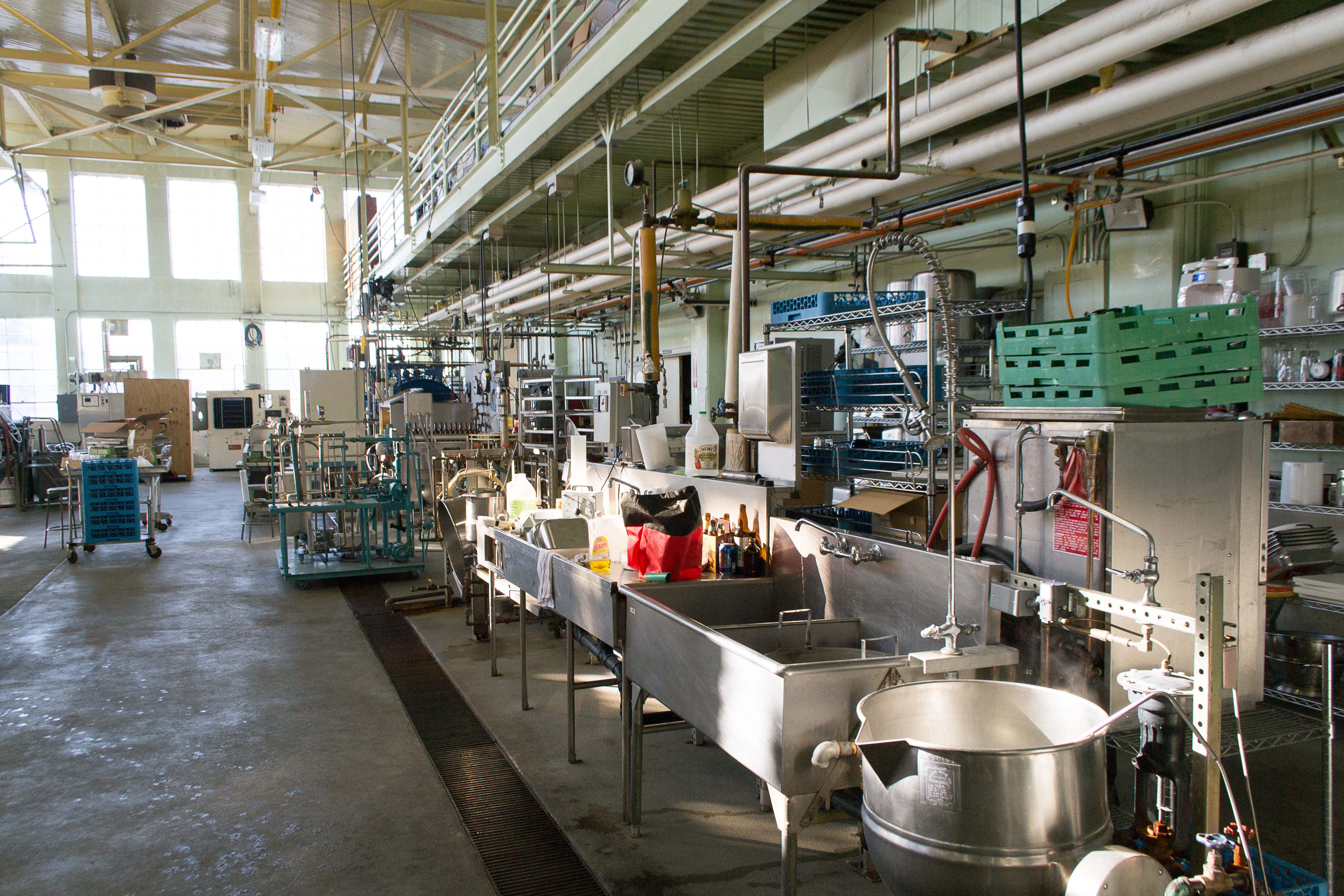
Detection of counterfeit brand spirits using 1H NMR fingerprints in comparison to sensory analysis.
Sign Up to like & getrecommendations! Published in 2018 at "Food chemistry"
DOI: 10.1016/j.foodchem.2017.10.065
Abstract: Beverage fraud involving counterfeiting of brand spirits is an increasing problem not only due to deception of the consumer but also because it poses health risks e.g. from possible methanol admixture. Suspicious spirit samples from… read more here.
Keywords: detection counterfeit; sensory analysis; analysis; brand spirits ... See more keywords

Sensory analysis and observational study in an experimental restaurant: Pilot study
Sign Up to like & getrecommendations! Published in 2018 at "International Journal of Gastronomy and Food Science"
DOI: 10.1016/j.ijgfs.2018.05.004
Abstract: Abstract Food businesses test their products to predict their success in the future market. Intrusive methods, such as self-reported evaluations in laboratory settings, are used to assess the appreciation for those products. However, the data… read more here.
Keywords: sensory analysis; observational study; analysis observational; study ... See more keywords

104 President Oral Presentation Pick: Sensory analysis of horse treats: a comparison between horses and humans
Sign Up to like & getrecommendations! Published in 2020 at "Journal of Animal Science"
DOI: 10.1093/jas/skaa278.166
Abstract: Analysis of both palatability and consumer acceptance is a critical component of product development. Though consumer sensory analysis from owners is gaining interest in companion animal species, few data are available from equine owners. The… read more here.
Keywords: sensory analysis; horse; product; horse treats ... See more keywords

Sensory analysis and volatile compounds in Caiman latirostris meat in comparison with other traditional meats
Sign Up to like & getrecommendations! Published in 2021 at "British Food Journal"
DOI: 10.1108/bfj-04-2021-0360
Abstract: PurposeThe aim of the paper is to compare consumer acceptance, sensory analysis and volatile compounds of caiman meat with regard to surubí fish and chicken meat.Design/methodology/approachCaiman tail, chicken thigh and surubí meats' cuts were cooked… read more here.
Keywords: sensory analysis; volatile compounds; meat; acceptance ... See more keywords

GC-MS analysis combined with sensory analysis revealed the various aroma characteristics of black tea resulted from different grafting rootstocks.
Sign Up to like & getrecommendations! Published in 2021 at "Journal of food science"
DOI: 10.1111/1750-3841.15612
Abstract: The study was aim to investigate the effects of grafting on volatile compounds and sensory quality of black tea. Seven groups of black tea were prepared from one nongrafted tea tree "Yinghong9 (YJ)" and six… read more here.
Keywords: sensory analysis; aroma; analysis; tea ... See more keywords

Sensory Analysis and Consumer Preference: Best Practices.
Sign Up to like & getrecommendations! Published in 2023 at "Annual review of food science and technology"
DOI: 10.1146/annurev-food-060721-023619
Abstract: Sensory science is a multidisciplinary field that encompasses a wide variety of established and newly developed tests to document human responses to stimuli. Sensory tests are not limited to the area of food science but… read more here.
Keywords: science; sensory analysis; best practices; consumer ... See more keywords

Discriminating aging and protein-to-fat ratio in Cheddar cheese using sensory analysis and a potentiometric electronic tongue.
Sign Up to like & getrecommendations! Published in 2018 at "Journal of dairy science"
DOI: 10.3168/jds.2017-13820
Abstract: The objectives of this study were to evaluate the flavor and taste attributes of full-fat Cheddar cheeses with different protein-to-fat ratios (PFR) over aging time using a descriptive sensory analysis panel and a consumer panel,… read more here.
Keywords: sensory analysis; electronic tongue; cheddar cheese; tongue ... See more keywords

Sensory and Biological Activity of Medlar (Mespilus germanica) and Quince ‘Nivalis’ (Chaenomeles speciosa): A Comperative Study
Sign Up to like & getrecommendations! Published in 2023 at "Agriculture"
DOI: 10.3390/agriculture13050922
Abstract: This research investigates the potential health benefits of extracts from the seeds, peels, and pulps of quince, medlar, and bletting medlar fruits. Our study reveals that the polyphenol content is higher in the skin than… read more here.
Keywords: quince; sensory analysis; bletting medlar; activity ... See more keywords

Sensory Analysis and Consumer Research in New Meat Products Development
Sign Up to like & getrecommendations! Published in 2021 at "Foods"
DOI: 10.3390/foods10020429
Abstract: This review summarises the main sensory methods (traditional techniques and the most recent ones) together with consumer research as a key part in the development of new products, particularly meat products. Different types of sensory… read more here.
Keywords: consumer research; sensory analysis; consumer; development ... See more keywords

Sensory Analysis and Consumer Research in New Product Development
Sign Up to like & getrecommendations! Published in 2021 at "Foods"
DOI: 10.3390/foods10030582
Abstract: Sensory analysis examines the properties (texture, flavor, taste, appearance, smell, etc [...]. read more here.
Keywords: consumer research; research new; sensory analysis; product development ... See more keywords

What Temperature of Coffee Exceeds the Pain Threshold? Pilot Study of a Sensory Analysis Method as Basis for Cancer Risk Assessment
Sign Up to like & getrecommendations! Published in 2018 at "Foods"
DOI: 10.3390/foods7060083
Abstract: The International Agency for Research on Cancer (IARC) evaluates “very hot (>65 °C) beverages” as probably carcinogenic to humans. However, there is a lack of research regarding what temperatures consumers actually perceive as “very hot”… read more here.
Keywords: sensory analysis; pain threshold; temperature; pilot study ... See more keywords